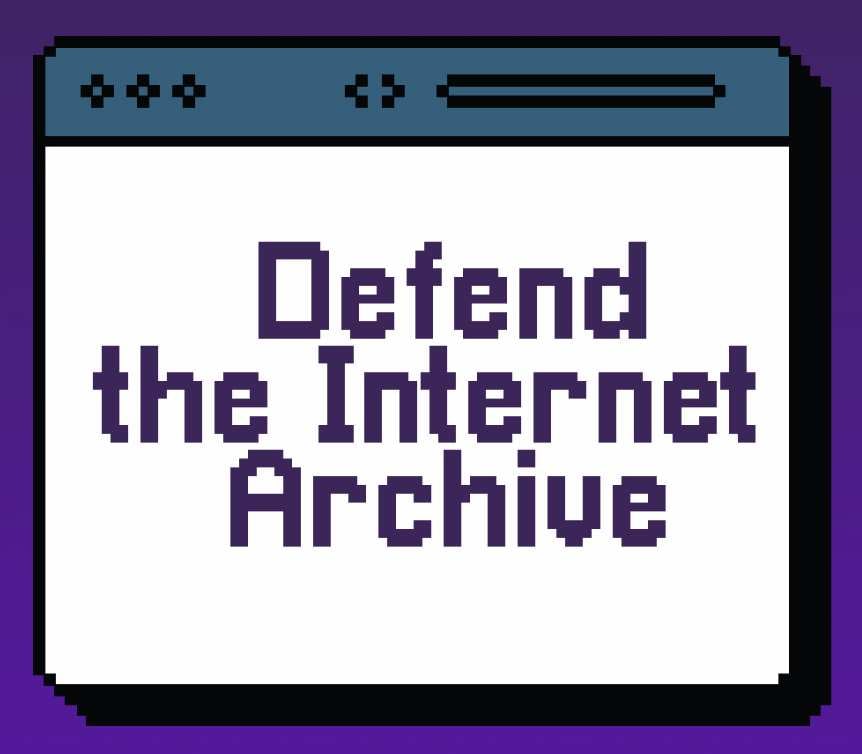Im trying to put a Scifi universe down on (digital) paper and Ive found that the process doesnt really lend itself to linear type word processing software. Least not for me.
Is there some tool that writers use for plotting out long arcs or keeping their reference material easily accessable to avoid anachronisms or inconsistencies. Possibly something that allows internal linking to other chapters?
Excel
Unironically
Never crossed my mind but now that you say it, it does have some of the functionality Id like to have.
Check out Obsidian
Can confirm. Just plotted a complex time-travel novel with obsidian.
Bibisco is a paid app I like that’s built for writers, with object based elements and tagging of scenes to the objects. Characters, locations, objects and a mind map (relationships) can all have images associated with them as well. You can’t link to objects though, as you need. There’s a ‘project explorer’ feature that lets you see any other element from most any input screen.
I’m interested in Obsidian that the other commenter said, cuz … free
Scrivener is popular in the community for writers to organize their thoughts and plot. I’ve heard some writers like it to do what you describe–link to sources, outline, plot, do arcs, etc. And also draft.
However…you say that you have trouble worldbuilding on word processing software. I hope I don’t come off as a jerk by asking this but–have you actually sat down and tried to create a system of organization for yourself? Or are you trying to get software to do that part for you?
If you genuinely have tried to develop the skill–okay! I know brains are wired differently sometimes, and if you tried it and can’t do it, that’s fine.
But I just wanted to interrogate you on that a little, because in some cases new writers starting out don’t realize that learning to organize your thoughts is actually a skill that needs to be learned too (because it doesn’t seem like “part of” the writing process), and you’re not going to dodge learning at least some aspects of that skill by finding the “perfect” program. There is no perfect program, they all kinda suck in different ways. So sometimes you have to put your head down and organize your mind and create systems of organization on your own.
I mainly use just a word processor and a system of folders and file names that is created and enforced by me. (Also, for the record, I am NOT an organized person by nature. Writing is literally the only sphere in which I actually organize…so nobody out there can accuse me of being an over-achiever with organization. I’m NOT! I do it with writing because I have to.)
Example of a folder structure I might use:
Working Title of WIP
- Draft
-
- Old Drafts
- Characters
-
- Main Characters
-
- Minor Characters
- Culture Stuff
-
- One Major Culture
-
-
- Religious Stuff
-
-
- Some Other Culture
-
-
- System of Government
-
- Name and Title Bits
- Cut
- Places
- Scenes
So, in Draft I put ONLY the current Draft. Obviously, in Old Drafts my old drafts get moved as needed.
Under Characters and the sub-folders of Main and Minor Characters, I have master files on my characters and their attributes.
Under Culture Stuff might be worldbuilding notes on various cultures. If I’m going deeply into some aspect of it, I’ll make sub-folders as needed to contain those documents.
Name and Title Bits are really just scattered notes on things that might be cool names or cool titles–sometimes it’s just lists of cool fragments of words. I sometimes use Excel spreadsheets for this.
Cut are scenes that I cut, but which I might want to “mine” later for scraps.
Places might be about worlds or settings–I’d have a file for each one that’s significant enough to get that much worldbuilding.
And Scenes are out-of-place scenes that aren’t yet able to be included in my actual draft–maybe they take place in another book, maybe they’re a flashback. Like Cut scenes, I sometimes “mine” them for stuff that ends up in the actual Draft.
I wouldn’t expect others to use exactly my system–my point is more…depending on what sort of brainstorming you’re doing, take notes on the major categories and themes, and turn those into folders. If you maybe have one document covering three different topics, take a moment to cut it up into separate documents and name it sensibly and file it in the right folder.
All very good points and advice, thank you.
To be honest I’m of the “work smarter not harder” school of thinking, I’m sure I can absolutely develop my own methodology but Id hate to waste 6 months of my time sorting out something that works for me only for someone to say "I cant believe you dont use Program its so much easier. So I thought id lead with the question.


